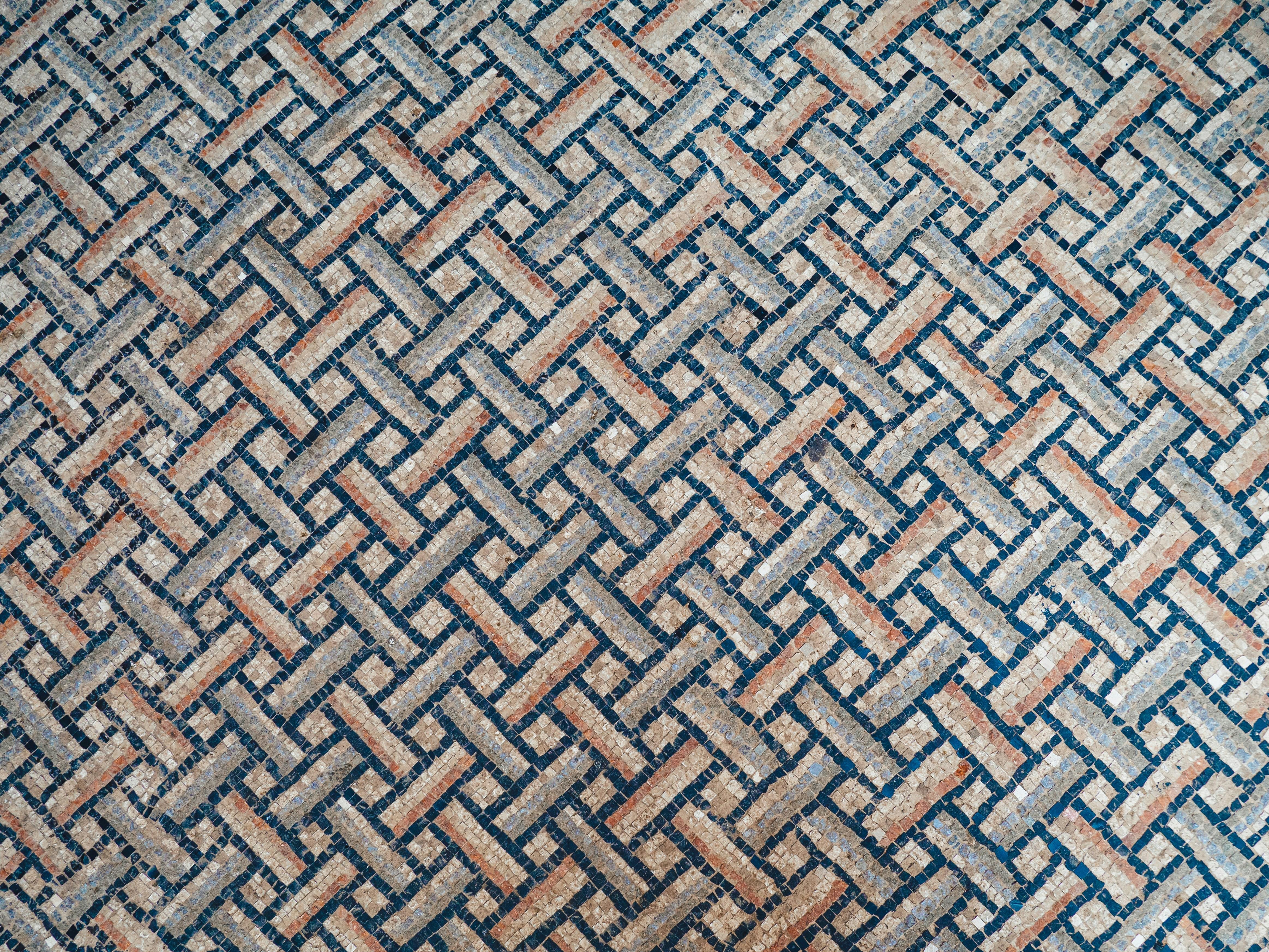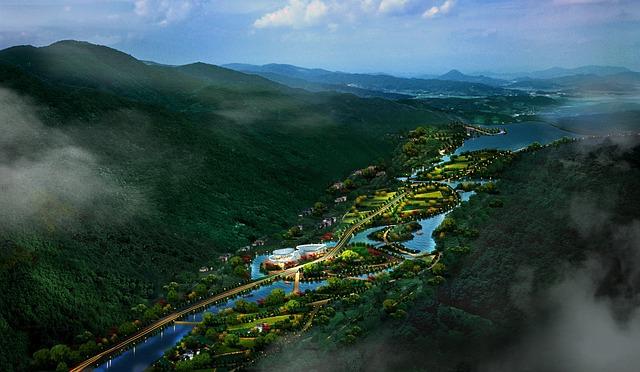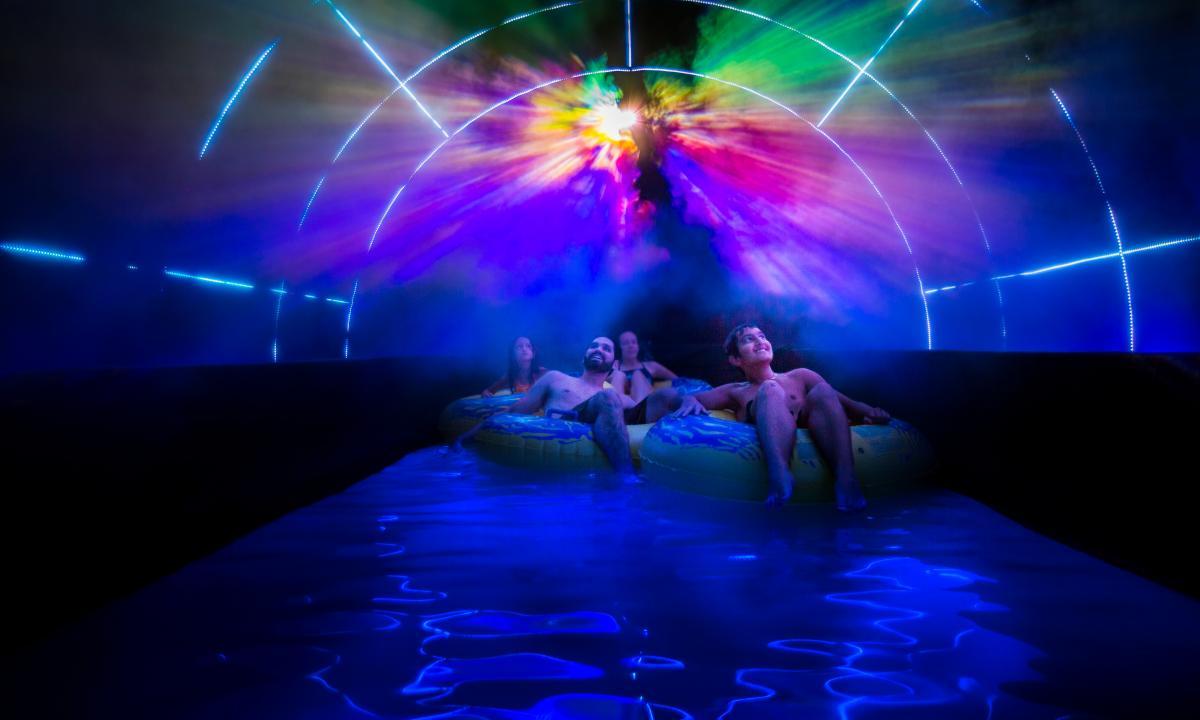In the realm of fantasy films, where dragons soar and enchanted forests whisper, the magic begins long before the cameras roll. It is the visionary set designers who lay the groundwork for these otherworldly tales, transforming imaginative scripts into tangible realities. This article delves into the meticulous process by which these creative architects craft immersive worlds, dissecting the blend of artistry, technology, and storytelling that brings fantastical landscapes to life. By analyzing the strategic choices and innovative techniques employed, we uncover the secrets behind the spellbinding environments that captivate audiences and transport them to realms beyond their wildest dreams.
Crafting Believable Realms: Techniques and Strategies
Creating immersive worlds for fantasy films involves a blend of meticulous research, creative innovation, and skilled craftsmanship. Set designers delve deep into the lore and aesthetics of the fantasy genre, often drawing inspiration from a variety of sources such as historical architecture, mythology, and nature. By doing so, they ensure that every element within the realm feels authentic and resonates with the narrative. A key strategy is the use of detailed concept art and storyboards to visualize and refine ideas before any physical construction begins.
Techniques employed by set designers include:
- Layered Textures: Incorporating a variety of materials and finishes to create depth and realism.
- Forced Perspective: Utilizing optical illusions to enhance the scale and grandeur of environments.
- Practical Effects: Building physical sets and props that actors can interact with, adding tangible authenticity.
Moreover, collaboration with other departments such as costume design and visual effects ensures a cohesive and seamless world. By integrating these techniques and strategies, set designers craft realms that captivate audiences and transport them into the heart of the fantasy narrative.

Material Mastery: Choosing the Right Textures and Colors
In the realm of fantasy films, the selection of textures and colors is crucial in crafting an environment that feels both otherworldly and authentic. Textures breathe life into a set, allowing audiences to almost feel the rough-hewn stones of a castle or the soft, ethereal glow of a fairy forest. Designers often use a mix of natural and synthetic materials to evoke the desired atmosphere. For example:
- Wood and Stone: To convey a sense of age and history, natural materials are often aged and distressed.
- Fabrics: Rich, layered textiles add depth and warmth, enhancing the visual storytelling.
- Metallics: Used sparingly, they provide a sense of magic and opulence.
Color palettes are equally pivotal. They guide emotional responses and highlight thematic elements. A muted palette might suggest mystery or danger, while vibrant hues can bring a world of magic to life. Designers consider:
- Contrast: To draw attention to key elements or characters.
- Harmony: Ensuring colors complement the narrative tone and character arcs.
- Symbolism: Colors often carry deeper meanings, reflecting themes or cultural influences.

Seamless Integration: Blending CGI with Physical Sets
In the realm of fantasy filmmaking, the marriage of CGI and physical sets is nothing short of an art form. This integration is meticulously orchestrated to ensure audiences are transported seamlessly into the worlds envisioned by filmmakers. By utilizing CGI to extend and enhance tangible environments, set designers create a more immersive experience that blurs the line between reality and imagination.
- Layered Design: Physical sets are crafted with attention to detail, serving as the foundation. CGI is then layered to add depth, such as expansive landscapes or mystical elements.
- Consistency in Lighting: Lighting is harmonized between the real and digital components to maintain a cohesive visual tone, ensuring that both elements appear as one unified space.
- Interactive Elements: Physical props and set pieces are designed to interact with CGI enhancements, creating dynamic scenes that feel both tangible and fantastical.
By weaving CGI with physical sets, designers are able to maintain a sense of authenticity while pushing the boundaries of what is visually possible, resulting in worlds that are both believable and extraordinary.

Innovative Problem Solving: Overcoming Design Challenges
Set designers in the realm of fantasy films face unique challenges that demand creative ingenuity and technical prowess. Crafting immersive worlds requires not only artistic vision but also the ability to solve complex design problems. One primary challenge is translating fantastical elements from script to screen in a way that feels both authentic and magical. Designers must balance the use of practical sets with digital effects, ensuring that each element complements the other seamlessly.
- Resource Management: Utilizing materials that are both budget-friendly and capable of achieving the desired aesthetic.
- Spatial Creativity: Designing within the constraints of physical space while conveying the boundless expanses of fantasy worlds.
- Interdisciplinary Collaboration: Working closely with directors, VFX teams, and costume designers to maintain a cohesive visual narrative.
Through these strategies, set designers effectively overcome design challenges, creating worlds that captivate audiences and bring fantastical stories to life.

